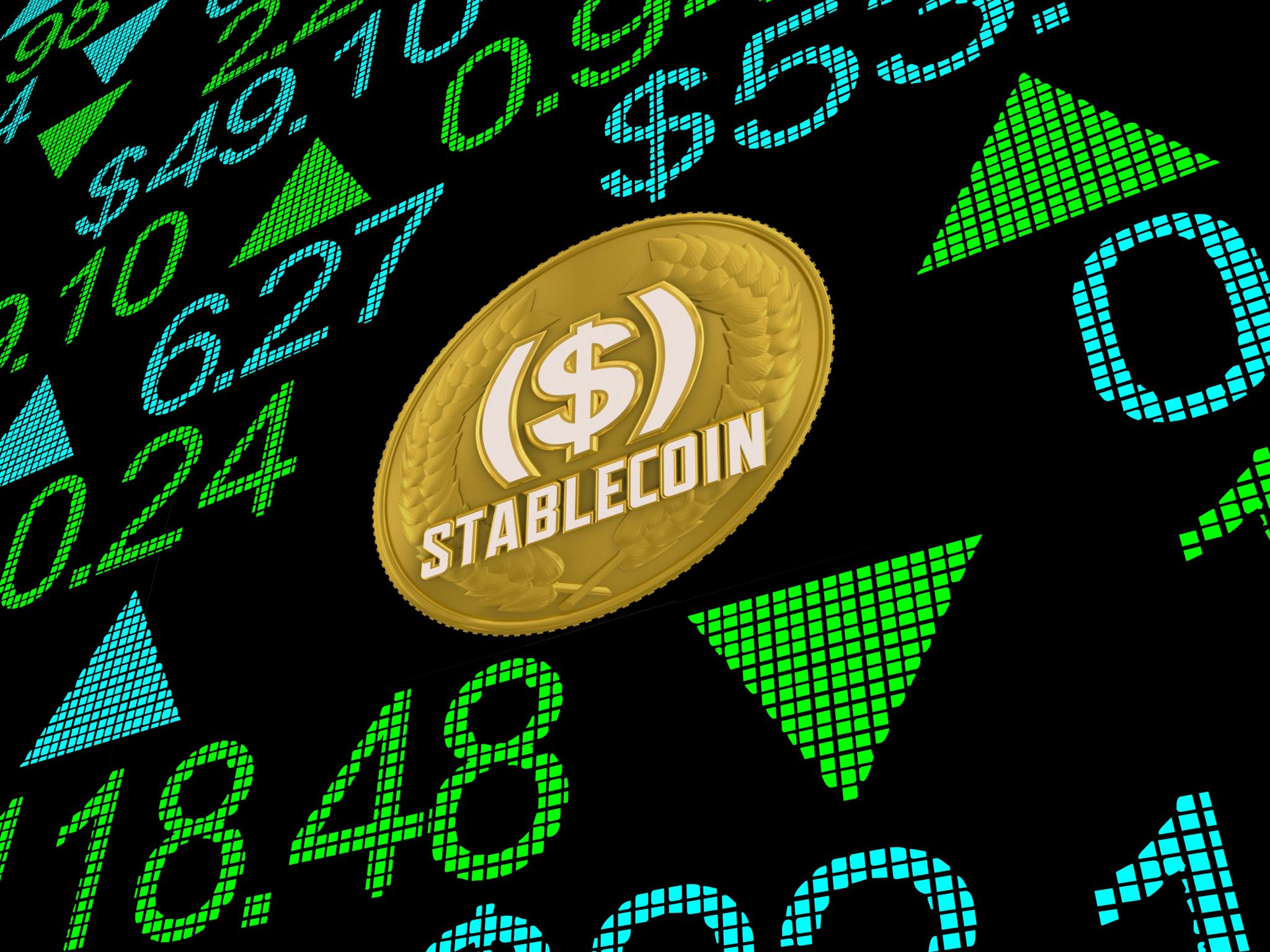
In the aftermath of the recent (CRYPTO: LUNA) debacle, which led to tens of billions of dollars of losses, (CRYPTO:Ethereum) co-founder Vitalik Buterin shared two thought experiments on evaluating if an algorithmic stablecoin is “truly a stable one.”
In a blog post, Buterin states that a greater level of scrutiny on Defi financial mechanisms, especially those that try very hard to optimize for capital efficiency, is highly welcome and that the greater acknowledgment that present performance is no guarantee of future returns (or even future lack-of-total-collapse) is even more welcome.
“While there are plenty of automated stablecoin designs that are fundamentally flawed and doomed to collapse eventually, and plenty more that can survive theoretically but are highly risky, there are also many stablecoins that are highly robust in theory and have survived extreme tests of crypto market conditions in practice,” Buterin states.
Hence, what we need is not stablecoin boosterism or stablecoin doomerism, but rather a return to principles-based thinking, he adds.
Can the stablecoin safely ‘wind down’ to zero users?
According to Buterin, users should be able to extract a fair value of their liquidity in a stablecoin asset, if its market activity drops to near zero.
In the case of Terra, the price of its volatile-coin (volcoin), comes from the expectation of fees from future activity in the system, and if expected future activity drops to near-zero, the market cap of the volcoin drops until it becomes quite small relative to the stablecoin.
“First, the volcoin price drops. Then, the stablecoin starts to shake. The system attempts to shore up stablecoin demand by issuing more volcoins. With confidence in the system low, there are few buyers, so the volcoin price rapidly falls. Finally, once the volcoin price is near-zero, the stablecoin too collapses,” Buterin states.
On the other hand, Ethereum back stablecoin RAI’s security depends on ETH, an asset external to the RAI system. Therefore, declining confidence in the stablecoin will not cause a negative feedback loop between the two assets and users will still be able to exchange RAI for ETH locked in vaults that back the stablecoin.
Pegging a stablecoin to an index that goes up 20% annually
Buterin states pegging a stablecoin to an index that goes up 20% per year can come have two outcomes - It charges some kind of negative interest rate on holders that equilibrates to cancel out the USD-denominated growth rate built into the index, or, it turns into a Ponzi, giving stablecoin holders amazing returns for some time until one day it suddenly collapses.
“This shows a deeper and more important fact about stablecoins: for a collateralized automated stablecoin to be sustainable, it has to somehow contain the possibility of implementing a negative interest rate,” Buterin states.
“The stablecoin must somehow be able to respond to situations where even at a zero interest rate, demand for holding exceeds demand for borrowing. If you don't, the price rises above the peg and the stablecoin becomes vulnerable to price movements in both directions that are quite unpredictable,” he adds.
In conclusion, Buterin states even if a system passes this test, it does not mean it is safe and could still be fragile for other reasons like insufficient collateral ratios or have bugs, or governance vulnerabilities.
“But steady-state and extreme-case soundness should always be one of the first things that we check for,” Buterin states.







